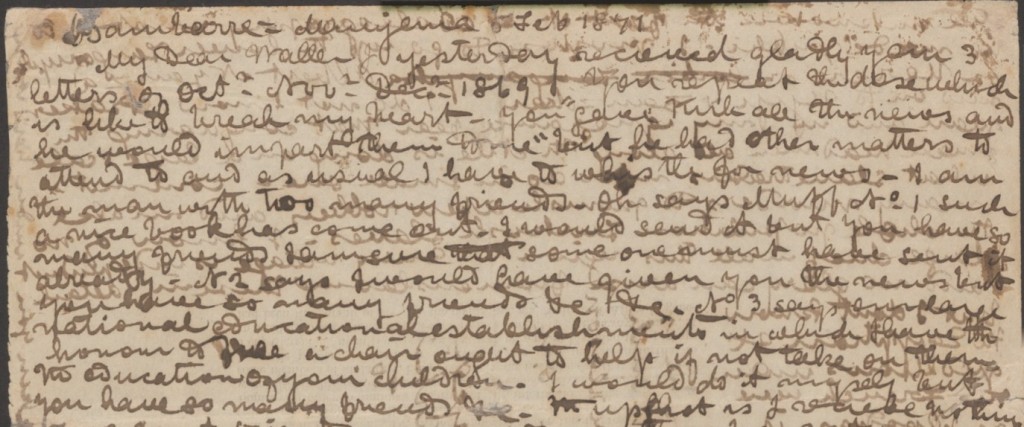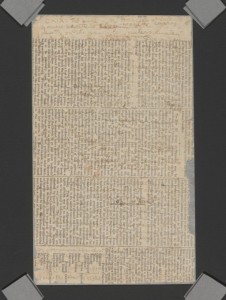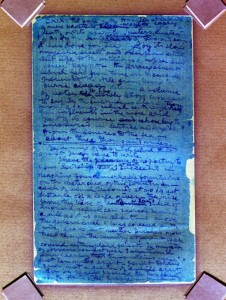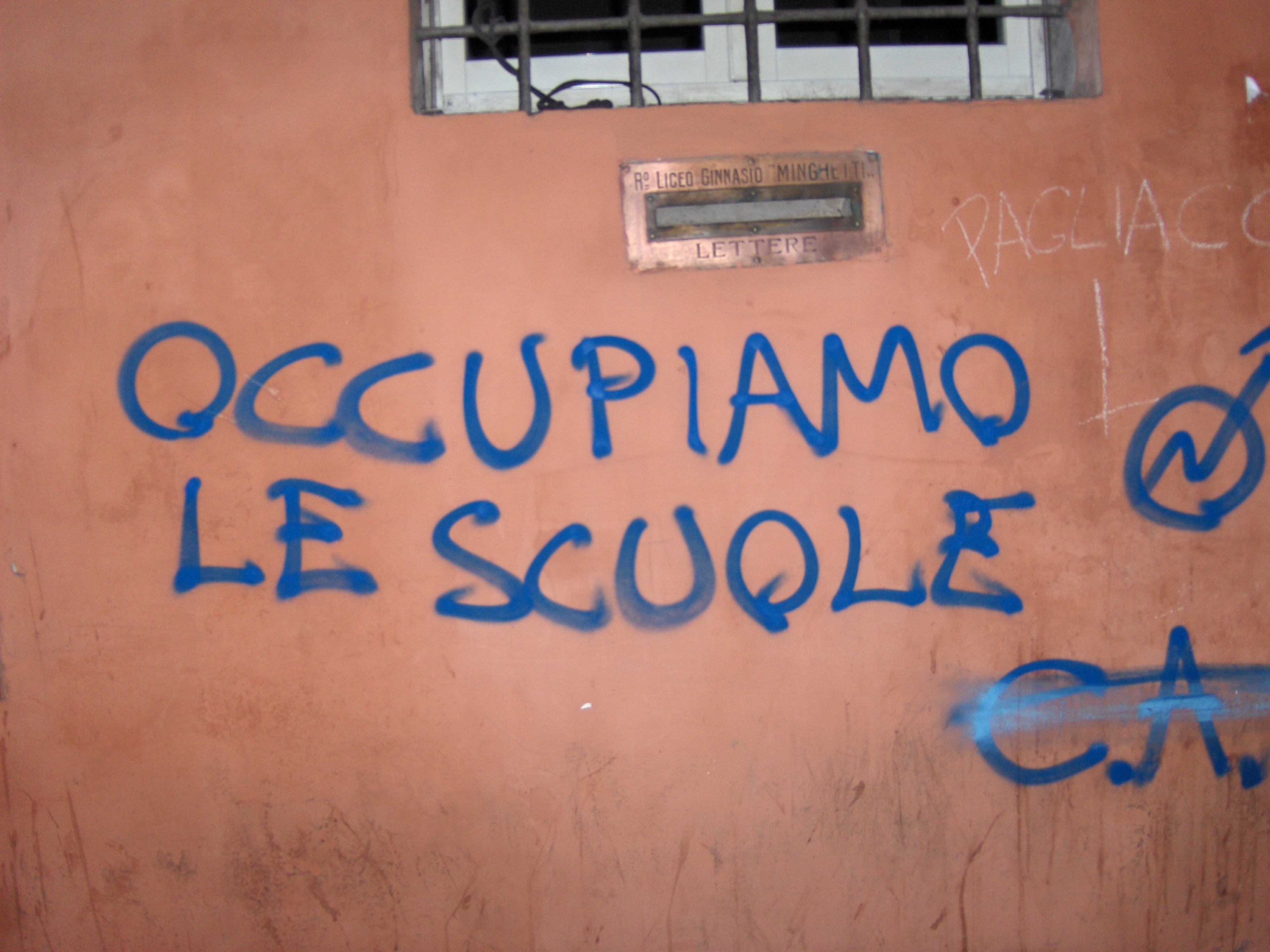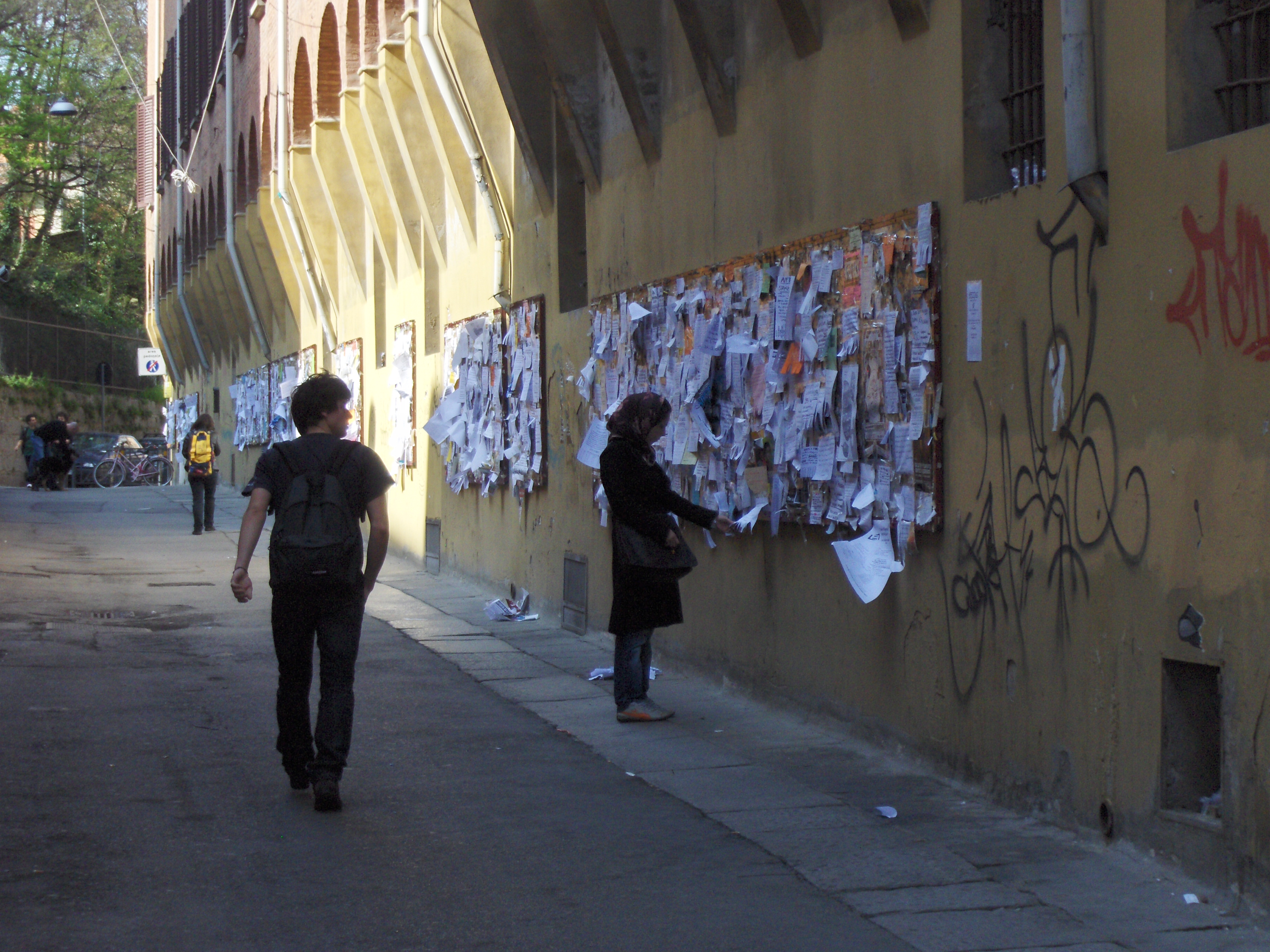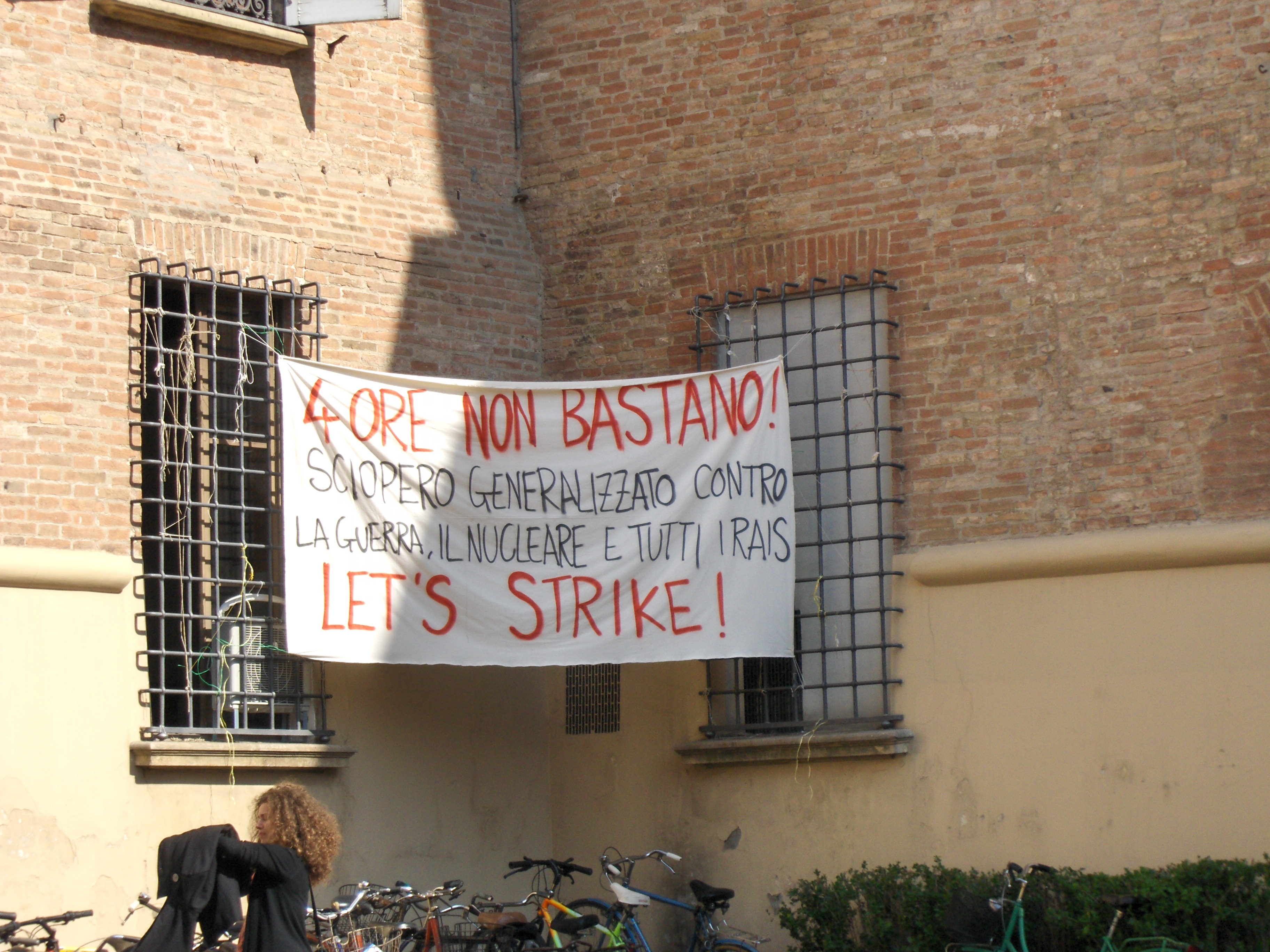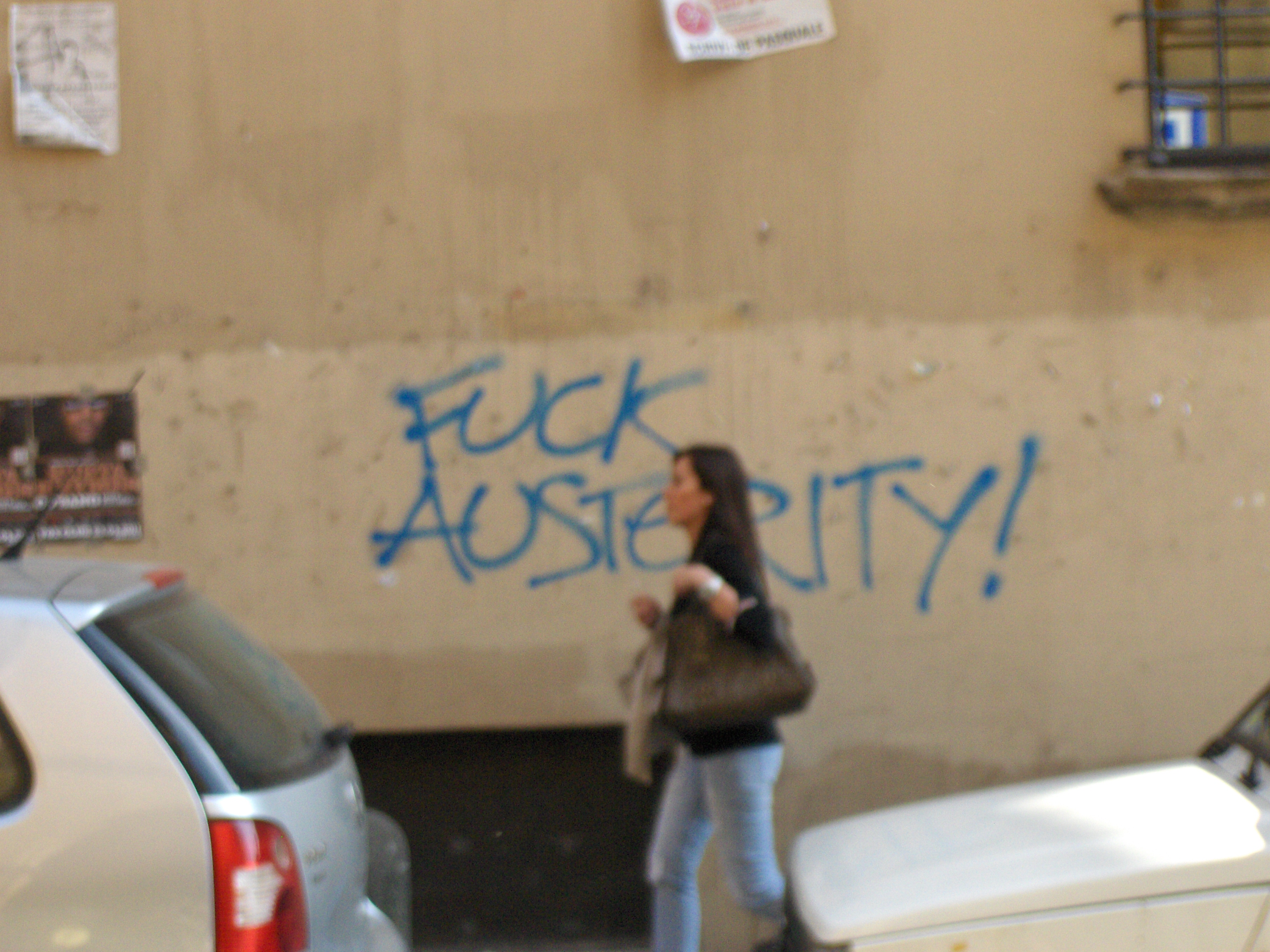Elegies for that soon-to-be-defunct artefact, the book, frequently wax lyrical about its most evanescent quality: the smell of the pages. Robert Darnton, in The Case for Books, refers to a survey of French students in which 43% of respondents said that the lack of scent put them off electronic books; he also reports that one French online publisher distributes a sticker that gives off a ‘fusty, bookish smell’, to ease the transition to the new medium. You can buy ‘a revolutionary new aerosol e-book enhancer’ (see http://smellofbooks.com/) for the same purpose. Or you can join around 100 other people mulling on the mystique of the bookish aroma at LibraryThing (http://www.librarything.com/topic/10361).
For Richard Lanham, ‘our cultural vitals are isomorphic with the codex book. Its very feel and heft and look and smell are talismanic’. A friend of mine once complained that modern writers overuse the word ‘heft’–presumably because, in its simplicity and unfamiliarity, it carries some of the physical weight that it describes. And I’ve always felt that the book-smell argument was a rather desperate, last-ditch defence of the book. Surely we can do better than that!
But now the final nail is being hammered into the coffin of my cynicism, as the fashion designer Karl Lagerfeld announces a new perfume, ‘Paper Passion’, based on the smell of the book, and sold encased in a hollowed-out hardback. The genuine bibliophile will be able to wear the scent of the codex on their person, and the nostalgia that clings to paper, dust and glue will be sublimated into the stuff of love.
Those guys at Amazon had better be very afraid…
